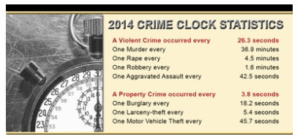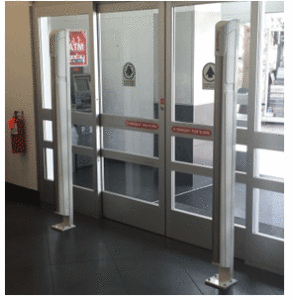 We are getting ready for an increase in customer traffic. Is your Checkpoint System ready? Are you having false or phantom alarms? Is the system working properly? Have you had your system tuned or a Preventative Maintenance (PM) conducted in the last year or even 5 years?
We are getting ready for an increase in customer traffic. Is your Checkpoint System ready? Are you having false or phantom alarms? Is the system working properly? Have you had your system tuned or a Preventative Maintenance (PM) conducted in the last year or even 5 years?
Here are some things to check:
- Checkpoint Systems do not generally like to be decorated. Anything with metal, foil, lights, electricity…. WILL cause trouble. Don’t decorate them.
- Are the shopping carts, hand baskets pushed too close? Make sure they are at least 3 feet away.
- Have you re-merchandised? Is tagged or labeled product too close?
- Have you re-fixture in the area near the Checkpoint antennas? If so this could cause trouble. Again, you want to keep metal fixtures at least 3 feet away.
- Have you added any other equipment in the vicinity of the system? CCTV, coolers, ice machines, vending machines, etc., all can make a huge difference in your system’s performance.
- DO NOT put the Christmas tree next to the system. The lights and ornaments will cause problems.
- Are you powering the Checkpoint system using an extension cord? Your Checkpoint Power Supply must be plugged directly into an outlet.
Check for these and other potential issues by simply standing back and looking your system over. Checkpoint Systems are commercial grade and made to last in a retail environment. But like any other systems and hardware, you have in your store, they need some TLC from time to time. Your car’s oil needs to be changed. Would you ignore that? Our systems need PM every once in a while.
If your system has not had a PM or service in some time or possibly never, then it is time. Besides checking the system over thoroughly, we will update the systems firm wear and tune it. You may see a substantial increase in performance.
Get a PM or service call scheduled now, before your attention is taken up with the selling season.
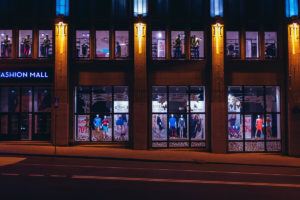
 Hiring seasonal help for the holidays is much different from when a company hires to fill a position or two during the “regular” times of the year. During what I have traditionally called the 4
Hiring seasonal help for the holidays is much different from when a company hires to fill a position or two during the “regular” times of the year. During what I have traditionally called the 4 Ghosts, goblins, zombies, it’s that time of the year again to dust off the spooky movies and scary tales meant to put a chill up your spine. Hollywood always seems to have a batch of new releases ready about now to evoke nightmares and make us wake up in a cold sweat. We are sure that we see a poltergeist lurking in the corner of the bedroom or in the closet after we watch one of these films. Yes, I admit I am a big coward and have to put my hands over my face and peek out through my fingers to watch Freddy slash his next victim or Jason terrorize a group of kids at a camp in the middle of the woods. But there are real scary stories of my own to share that don’t have anything to do with ghouls. Mine are real-life scary stories of shoplifters I have dealt with during my years in retail Loss Prevention.
Ghosts, goblins, zombies, it’s that time of the year again to dust off the spooky movies and scary tales meant to put a chill up your spine. Hollywood always seems to have a batch of new releases ready about now to evoke nightmares and make us wake up in a cold sweat. We are sure that we see a poltergeist lurking in the corner of the bedroom or in the closet after we watch one of these films. Yes, I admit I am a big coward and have to put my hands over my face and peek out through my fingers to watch Freddy slash his next victim or Jason terrorize a group of kids at a camp in the middle of the woods. But there are real scary stories of my own to share that don’t have anything to do with ghouls. Mine are real-life scary stories of shoplifters I have dealt with during my years in retail Loss Prevention.



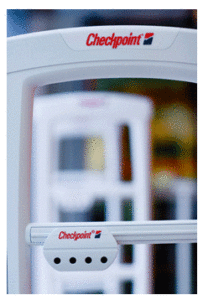 forbid a competitive system). It is installed and your shoplifting losses go down. They will! The simple act of installing a system will make a percentage of your shoplifters go elsewhere.
forbid a competitive system). It is installed and your shoplifting losses go down. They will! The simple act of installing a system will make a percentage of your shoplifters go elsewhere.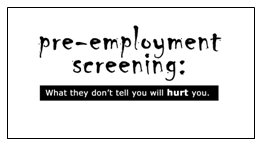


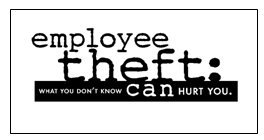 ch these live webinars as reasonably often as you need. Staff turnover, promotions, follow up training, one employee or fifty…. Just schedule the session. Oh, by the way. I will also provide you with 15 draft LP Policies and Procedures that you can customize to your operation. Shoplifting, employee theft, robbery, key control…..
ch these live webinars as reasonably often as you need. Staff turnover, promotions, follow up training, one employee or fifty…. Just schedule the session. Oh, by the way. I will also provide you with 15 draft LP Policies and Procedures that you can customize to your operation. Shoplifting, employee theft, robbery, key control…..